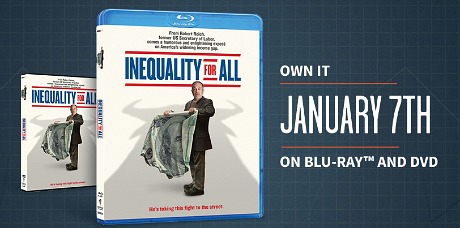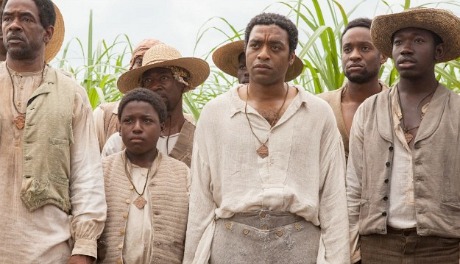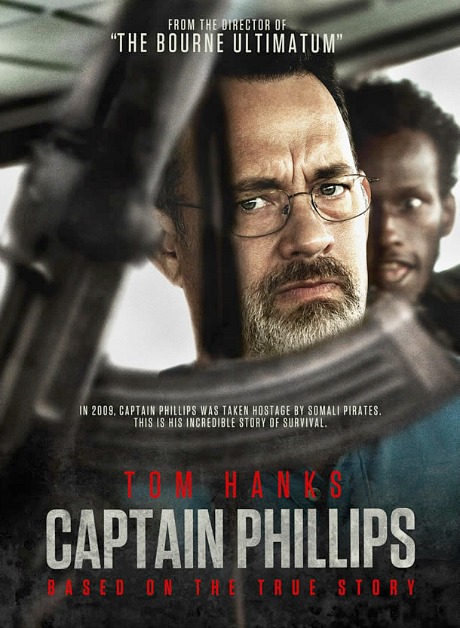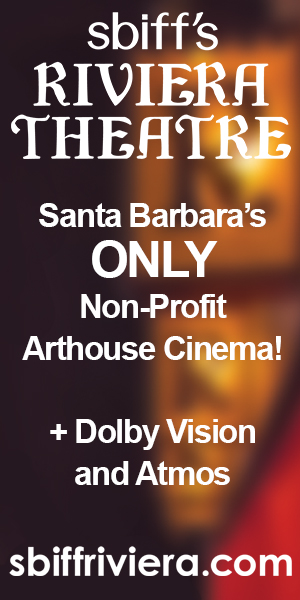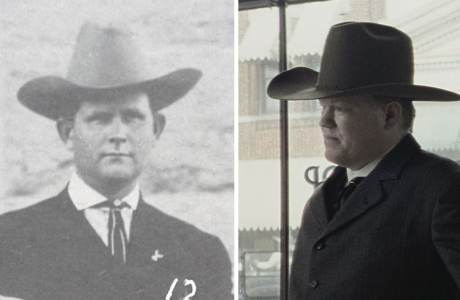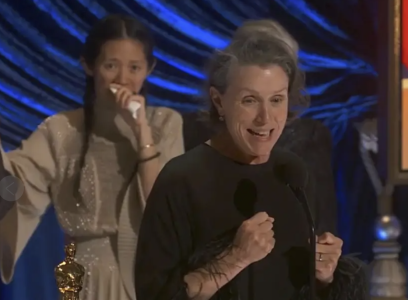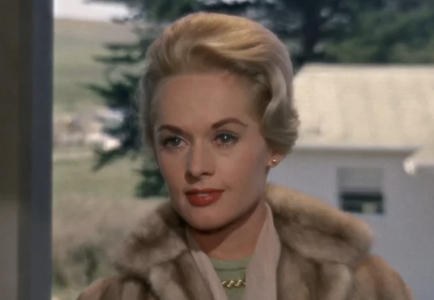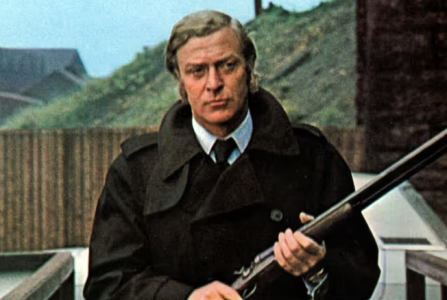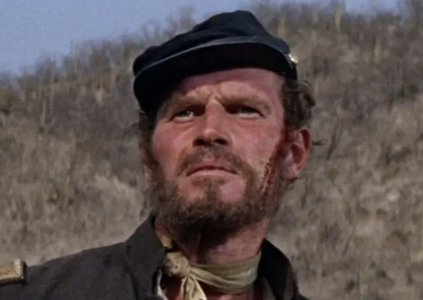7:57 pm: WHAT? I spoke too soon! 12 Years A Slave takes the Best Motion Picure, Drama award? Yes! This wasn’t in the cards, or certainly didn’t seem to be. You can plainly see that director Steve McQueen is dumbfounded — “I wasn’t expecting this!,” he just said. An amazing finale….totally unexpected. And totally justified. Wow! Obviously a very close vote with Alfonso Cuaron having won Best Director.

7:51 pm: Jessica Chastain presents the Best Actor, Drama Golden Globe to Matthew McConaughey for Dallas Buyer’s Club. Good speech that he tried out last week in Palm Springs. 12 Years A Slave is most likely a total shut-out. We need to hear from Vulture‘s Kyle Buchanan, who declared last September that Slave was a total lockdown for Best Picture. McConaughey: “This film has always been about livin’…it was never about dyin’.”
7:46 pm: The great Cate Blanchett wins Best Actress, Drama for Blue Jasmine. Not too much of a surprise. Great speech! Admittedly augmented by “several vodkas.”
7:44 pm: “And now, like a supermodel’s vagina, let’s all give a warm welcome to Leonardo DiCaprio!” — Tina Fey.
7:39 pm: Here comes the Best Motion Picture, Comedy/Musical ward, presented by a pregnant Drew Barrymore (who looks as big as a house). American Hustle wins, of course. “Which movie will take the big award of the night?” the announcer asks. I think we have that figured out, right? Nothing to do with slavery! An FX-driven space suspense movie (“Sandra Bullock lost in a haunted house but the house is space” — Alexander Payne) is cooler!
7:27 pm: Jennifer Lawrence presenting the Best Actor, Comedy/Musical, and the Golden Globe goes to Leonardo DiCaprio!!! “I never would have guessed I would have won for Best Actor in a Comedy,” etc. In a general career sense, he means, but also because Leo regards Wolf, however hilarious it is throughout, as a deadly serious portrait of a malignant culture. Leo gives an elegant, eloquent acceptance speech. Being waved off by the orchestra. Yay, Leo!!!!

7:21 pm: Brooklyn Nine-Nine wins for Best TV Series, Comedy/Musical. “Winning this award is way better — way better! — than saving a human life!” the top guy says. What an asshole! The runners-up were The Big Bang Theory, Girls, Modern Family and Parks & Recreation.
7:17 pm: Gravity‘s Alfonso Cuaron takes the Best Director Golden Globe. Good technical job, Alfonso! Every “aaah!” from Sandra Bullock rocked my soul. So Gravity is going to win for Best Motion Picture, Drama? Nice one, HFPA! Well, we knew 12 Years A Slave was in trouble with this group. Cuaron’s “herpes”/”earpiece” joke was pretty funny.
6:57 pm: During her Woody Allen tribute acceptance speech, Diane Keaton contemplates death, or rather Woody’s famous remark about it: “I don’t want to live eternally through my work — I want to live eternally by not dying.” (Or words to that effect.) She mentions that while Francois Truffaut‘s films will be savored for a long time to come, “that’s not much help to Francois Truffaut.” (Whose grave, by the way, I visited back in ’87 — it lies in the Cimitiere du Montmartre.) Why did the sound cut out on Keaton’s speech? Two or three seconds were blipped out. Did she say something profane?


